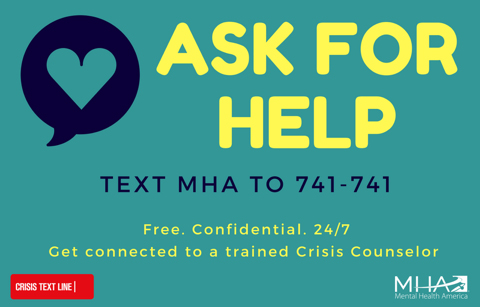Since the days when PTSD was known as shell shock, people have associated this condition with military combat.
Post-traumatic stress disorder — commonly known as PTSD — is a type of anxiety disorder that affects 3.5 percent of U.S. adults, or almost 45 million people. Of those, more than one-third are classified as severe.
Although the average onset of this disorder is age 23, PTSD can affect anyone at any age, including children.
WHAT CAUSES PTSD?
Post-traumatic stress disorder is a form of anxiety that manifests after an event that threatens or appears to threaten your personal safety and well-being (or, in some cases, the safety of a loved one). It may result from the horrors of combat; however, it is equally liable to occur after any type of emotionally devastating event.
This can include natural or manmade disasters, car accidents, childhood trauma, abuse, assault, rape or the unexpected death or injury of a loved one. First responders commonly develop PTSD after treating victims of horrific events.
Experts estimate that 70 percent of adults in the U.S. have experienced such a traumatic event. Of those, as many as 20 percent will develop some degree of PTSD.
SIGNS AND SYMPTOMS OF PTSD
Despite what some uninformed people may believe, this disorder is not simply a behavioral problem. PTSD causes physiological changes in the structure and physical functioning of the human brain. As a result, sufferers experience changes in emotional experiences and psychological behaviors
This disorder can manifest itself in a variety of ways, from the subtle to the extreme.
You may experience intrusive memories — recurrent and unwanted, vividly upsetting dreams or strong, negative reactions to anything that reminds you of the traumatic incident.
You may experience avoidance, wherein you refuse to talk about the incident or avoid anything (people, places, activities) that you associate with your trauma. PTSD sufferers may experience profound shifts in their emotional reactions, displaying anger, aggression, guilt or shame. Trouble sleeping, substance abuse and self-destructive behaviors are common signs. You may become easily startled or unable to concentrate.
Suicidal ideations are one of the most troubling symptoms of PTSD. And although the research is ongoing, a robust relationship has long been suspected between post-traumatic stress disorder and an increased risk of committing suicide.
OVERCOMING THE CHALLENGES OF PTSD
Like other mental or emotional challenges, PTSD is not a sign of weakness, and it is not something you can control without help.
Unfortunately, because of the perceived stigma, many sufferers do not seek assistance. Others aren’t aware of what’s happening to them and suffer in silence. Left untreated, however, PTSD symptoms can worsen, leading to more serious challenges.
If you have experienced any significant trauma, even if it was decades ago, and you have any PTSD-related signs or symptoms, don’t ignore them. If you can’t get rid of disturbing thoughts or feelings, or if you feel that your life is out of control, talk to a trusted friend or family member, a minister or spiritual counselor, a doctor or a psychologist, or seek help from an appropriate community organization.
And if you experience any thoughts of suicide or self-harm, call the National Suicide Prevention Lifeline, 800-273-TALK (800-273-8255) to reach a professional counselor at any time.
Remember, you aren’t alone in your battle. In Justin Peck’s book, Bulletproof, he tells his moving story of struggle and triumph in the face of bipolar disorder and a suicide attempt. In this and other similar books, you can find inspiration and hope for overcoming your own challenges with PTSD.






